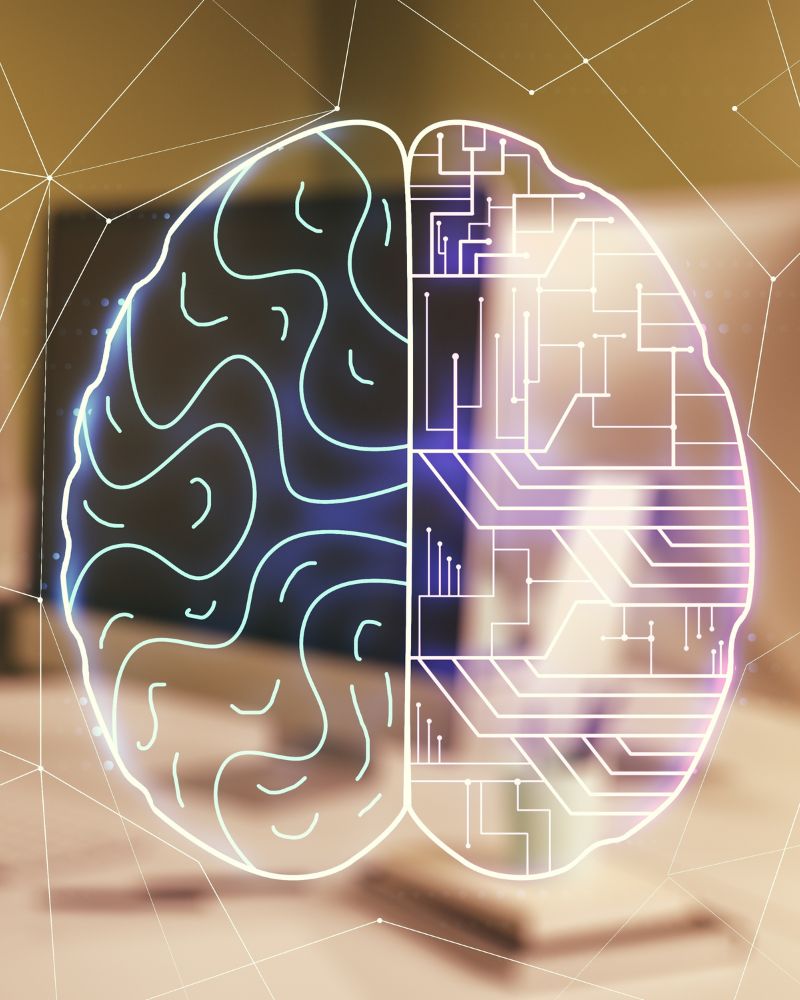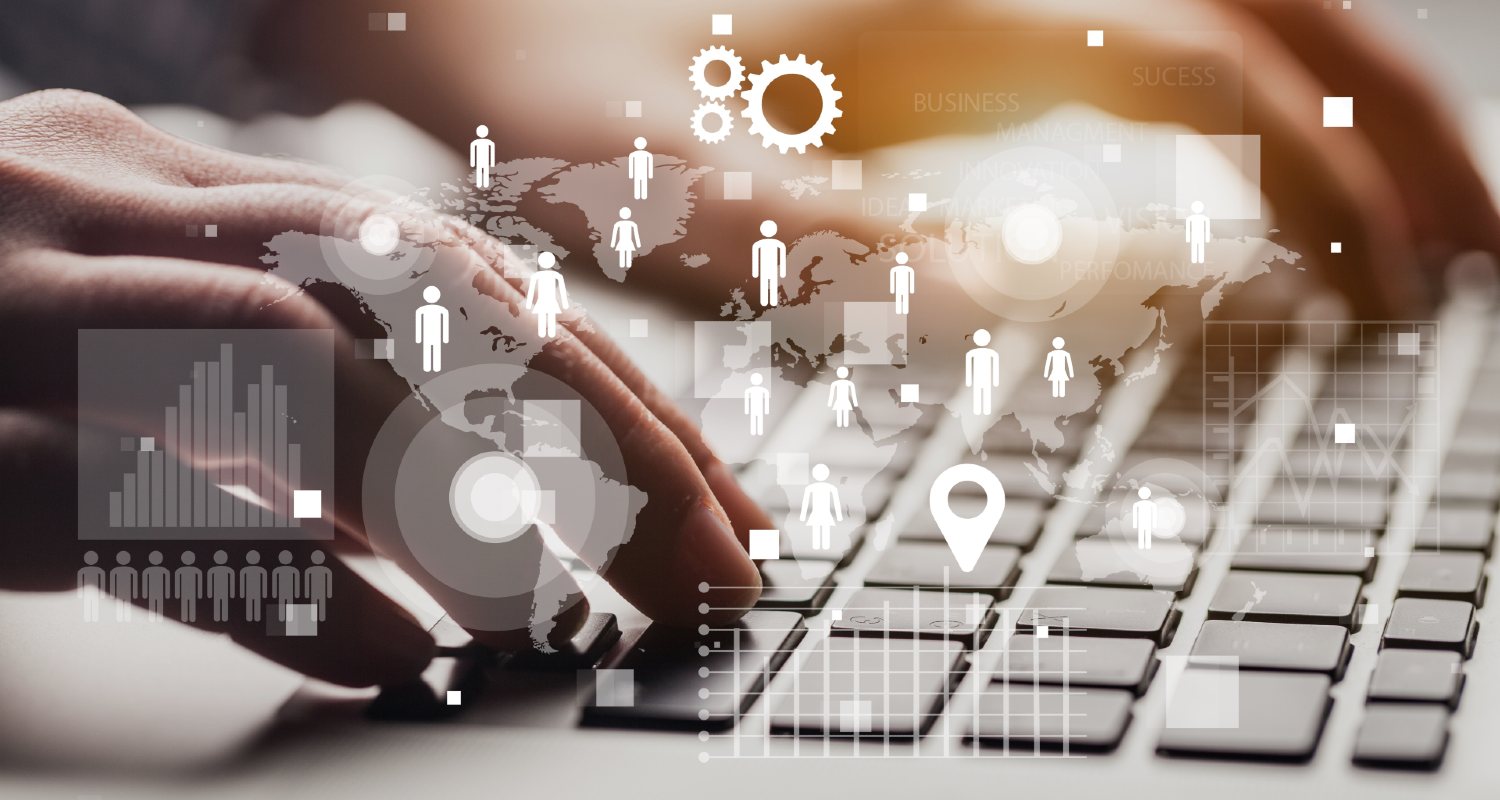
Machine Learning
Machine Learning
Machine learning needs human assistance to tell the algorithms how to 'learn' to determine what input features must be given to obtain a particular result and, in the process of learning, it needs more labelled data (which refer to already known results).

Deep Learning
Deep Learning
The extraction of features from the process for learning by the algorithm is largely automated, which implies a much lower degree of human intervention. It also enables much larger datasets to be used.

Reinforcement Learning
Reinforcement Learning
Algorithms are pitted against one another so that one learns from the progress of the other (via trial and error), obtaining more complex and optimal results, leading to generative methods aimed at the automatic generation of objects and experiences from samples.


